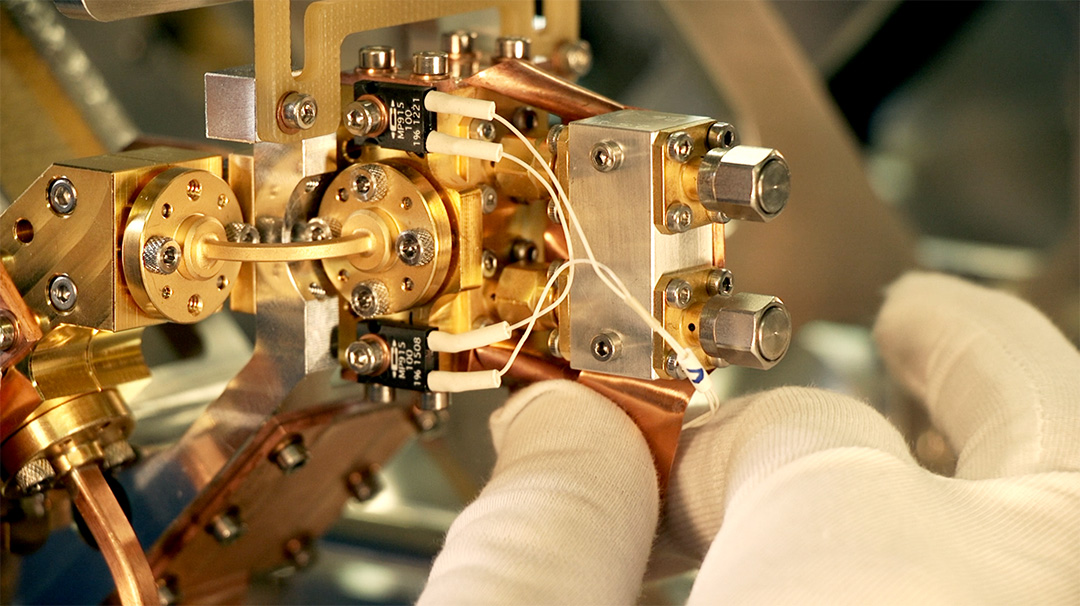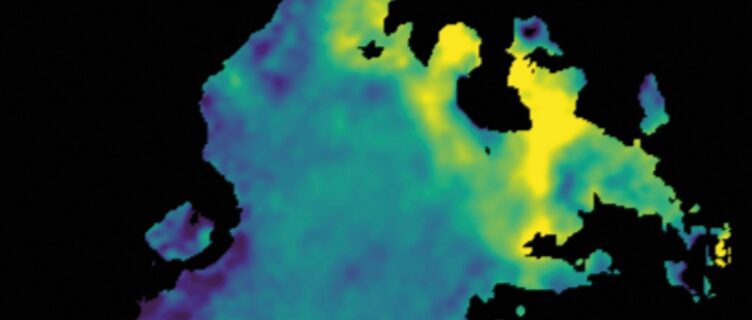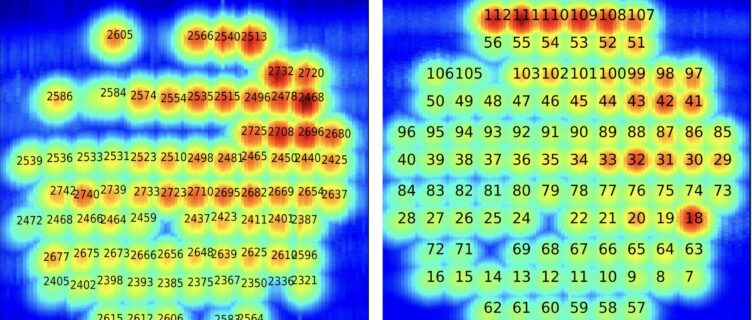Cutting-edge technology for radio telescopes
Read more
The IRAM receiver group develops and maintains cutting-edge instrumentation for both IRAM observatories.
When they reach the surface of an antenna, signals from cosmic sources are extremely weak. Their weakness is such that the IRAM 30-meter telescope would have to collect them during a period spanning the entire age of the universe (13.7 billion years) to obtain enough energy to power a light bulb for one second.
The signals have thus to be amplified before they can be analysed which is the role of the receiver.
For this purpose, the receivers need to be cooled down to extreme temperatures (cryogenic), about -270 degree Celsius, using closed-cycle coolers. As one of the leaders in the field of high frequency technologies, the group works with ultra-sensitive millimeter-wave superconducting heterodyne mixers and/or low noise amplifiers and covers the whole ~70-375 GHz frequency range. Thus, the group is able to build receiver systems, which guarantee a perfect signal transmission, only affected by unavoidable quantum noise.

Zoom onto a receiver block — © IRAM
The team also supplies devices and builds millimeter-wave receivers for other radio astronomy institutes and has active collaborations with international organisations.
In particular, the group has a very successful record in developing low-noise wideband receivers with state-of-the art performances for its own telescopes (multi-band and multi-beam) and in designing and producing complex receiver systems like the Band 7 cartridge for the ALMA observatory in Chile (73 cartridges were delivered to the ALMA project).
In addition, the group has successfully developed room-temperature 18-26 GHz water vapour radiometers for NOEMA’s predecessor, the Plateau de Bure interferometer, and is currently implementing a 2nd generation version with improved capabilities for the six new NOEMA antennas.
The group’s engineers and technicians cover all aspects of the millimeter-wave technology, including the design and manufacturing of:
- the coupling (quasi-)optics of the astronomical signal from the telescope into the receiver (including corrugated feed-horns, vacuum windows, IR filters and the calibration systems);
- the Superconductor-Insulator-Superconductor (SIS) waveguide mixers and couplers;
- the cryostats operating at temperatures below 4K using closed-cycle refrigerators;
- the Local Oscillator (LO) system and its distribution;
- the Intermediate Frequency (IF) amplification and filtering of the signal;
- the monitoring and control electronics of the receivers.
Learn more about our work
Our latest updates
Explore all the latest news from our research and technology groups and never miss out on important upcoming events.












